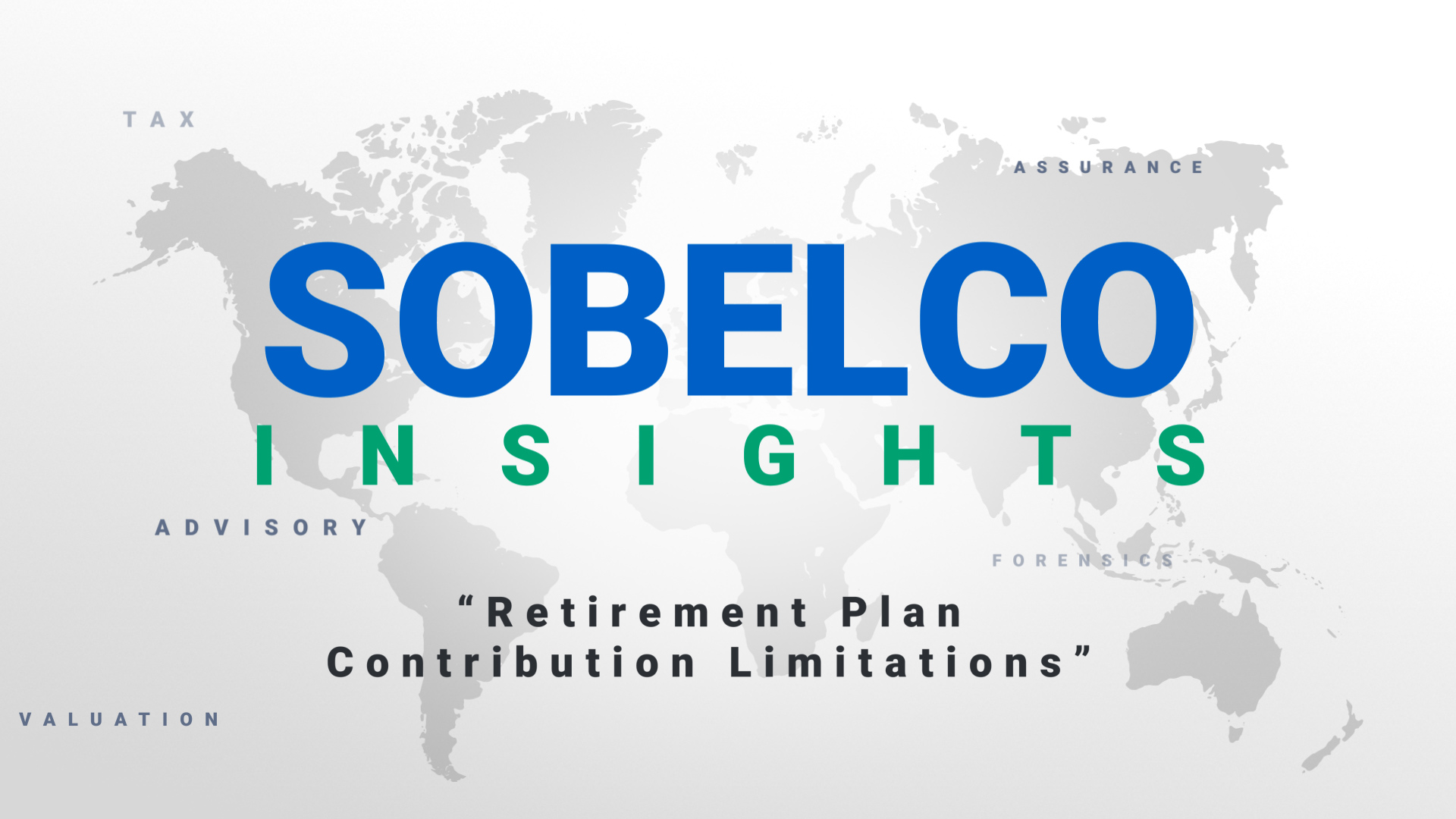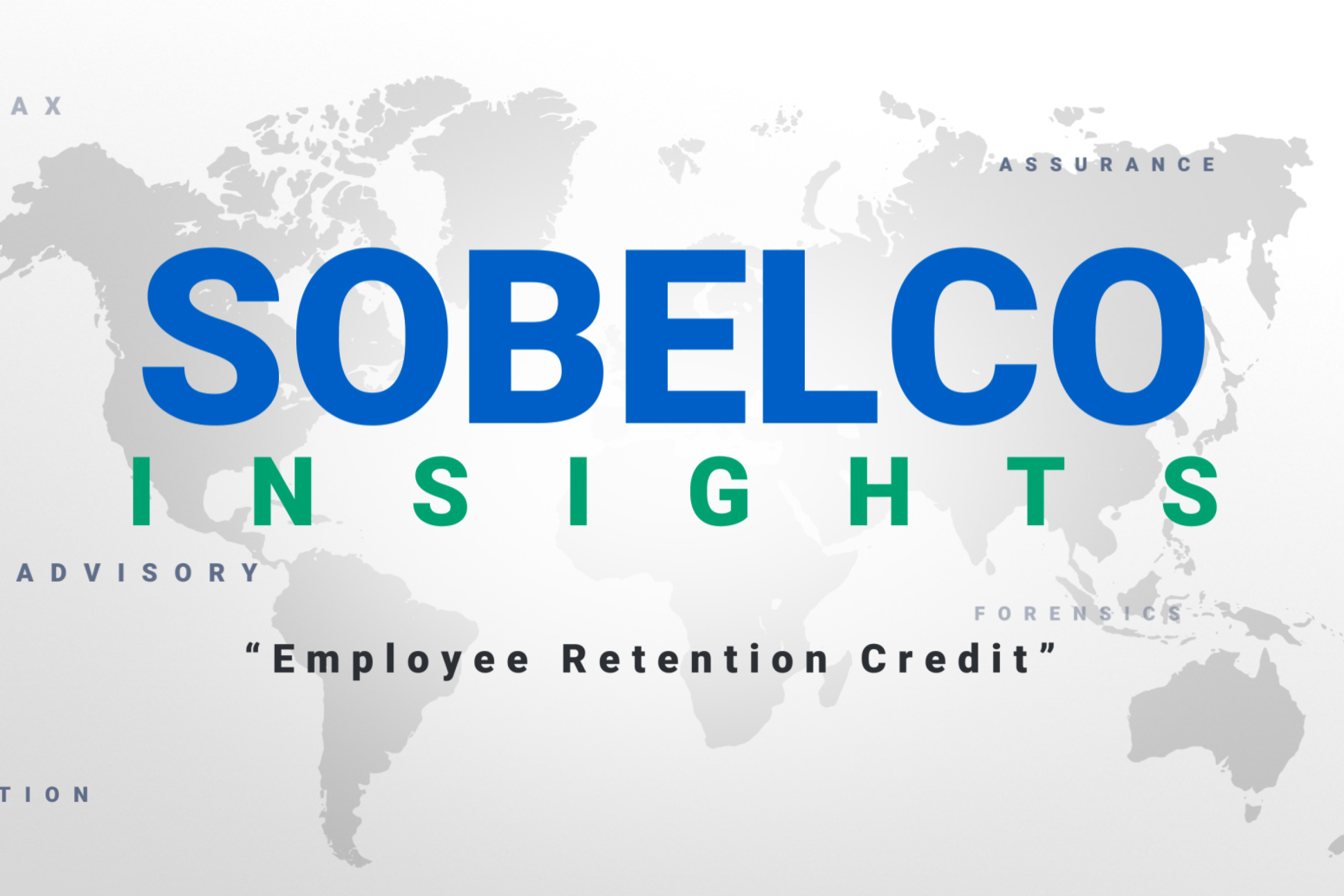
Over the last few years, we have written many blogs and published numerous articles on trends in the retail industry, especially related to the growth of online shopping – sharing our thoughts on the cutting-edge initiatives and technologies that customer taste is driving.
We all know that the move to online shopping is certainly not new. Our research is reflected in some of the information we have published over the years, recognizing that as early as 2009, online shoppers were already spending nearly a billion dollars on “Cyber Monday” – a profound shift in traditional holiday shopping behaviors from the “Black Friday” concept.
Further, looking at more current data, according to a New York-based eMarketer, going into 2020, grocery shopping was already the fastest-growing online product category.
Online shopping gains new momentum
Although the on-line trend was firmly in place, the onset of COVID-19, with its demand for sheltering in place and maintaining social distancing, both which significantly and directly impacted the retail world, has hastened the transition to online shopping in the grocery sector.
In a recent article for MarketingWeek, Michael Hewitt reinforces this idea, noting that, “Rather than making fundamental changes to the way consumers think and act in relation to their shopping habits, COVID-19 appears to have simply accelerated shifts that were already well underway, particularly in how technology and digital mediums play a role in how we buy goods and services.”
One of the most significant changes to the retail grocery sector which has resulted from the pandemic is the appearance of dark stores.
What is a dark store?
When writing his September column for Winsight Grocery Business, Andy Frye posed this question: “Are Dark Stores the Future of Post-Pandemic Grocery?”
This term, with its origins in Britain around 2009, is defined as, “a noun which means a large retail facility that resembles a conventional supermarket or other store but is not open to the public, housing goods used to fulfill orders placed online.”
These converted supermarkets have been redesigned as e-commerce warehouses because they are so much more efficient for keeping up with the surge in online shopping demands.
The transition to something like a dark store facility was probably a few years away for any grocers actually considering it as an option, but the pandemic and its accompanying increase in online shopping simply spurred on the conversion much more quickly.
As the movement to dark stores or similar concepts continues, more grocery retailers may commit as well. For now, some early movers in this space include Whole Foods Market and Giant Eagle as well as Stop & Shop (which has a partnership with Instacart).
Scott DeGraeve, co-founder of the Denver-based e-commerce firm Locai and a former executive with Ahold’s Peapod brand, spoke at a recent conference saying, “Workers can pick about 150 units per hour in a wareroom—a rate about 2.5 times more efficient than picking from stores…These warerooms represent a first step toward still-more efficient solutions such as larger dark-store conversions or micro-fulfillment centers retailers can use as demand scales.”
The goal is to create a great customer experience
In every circumstance, the main objective for every grocery retailer is to maintain a focus on connecting with the consumer in a meaningful way. If this can be done safely, on line, and at the same time, result in a satisfactory outcome, it will be a win-win situation.


